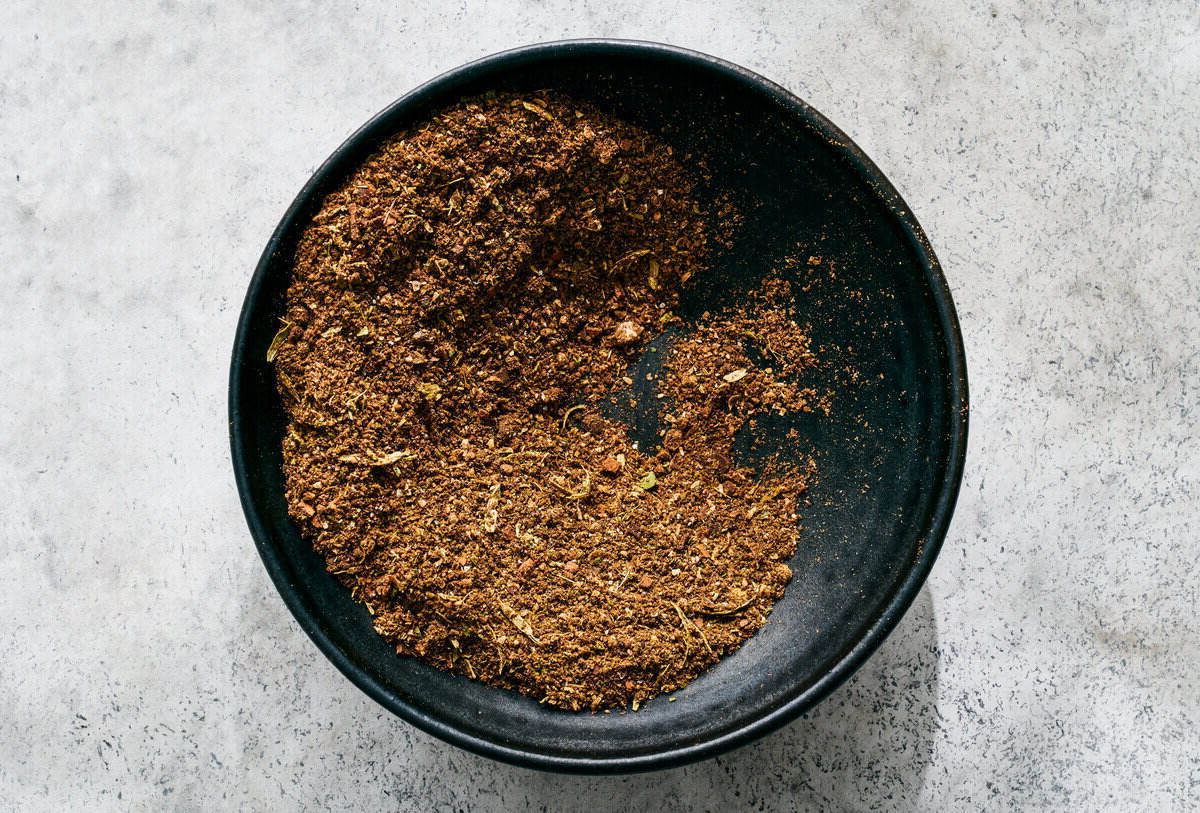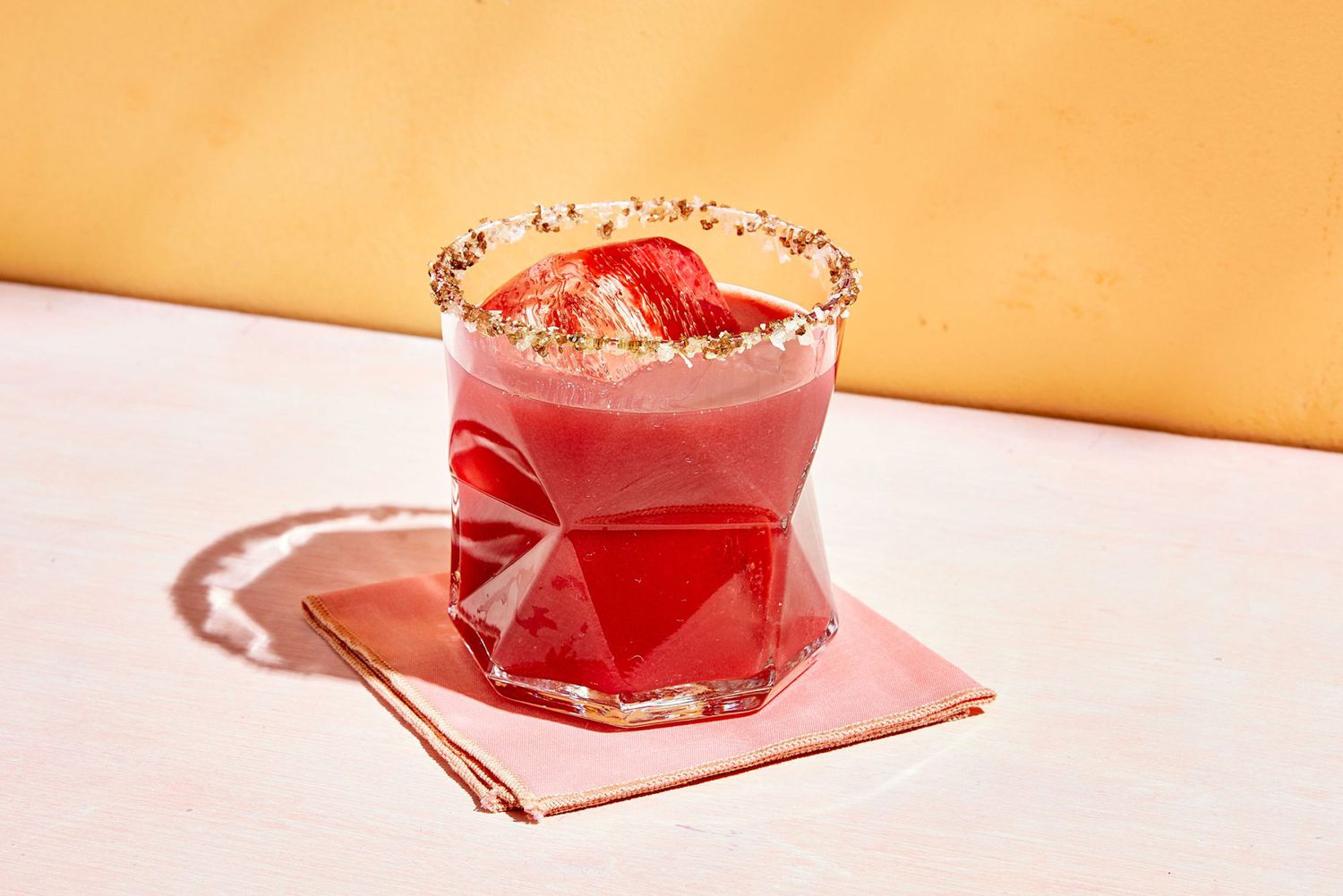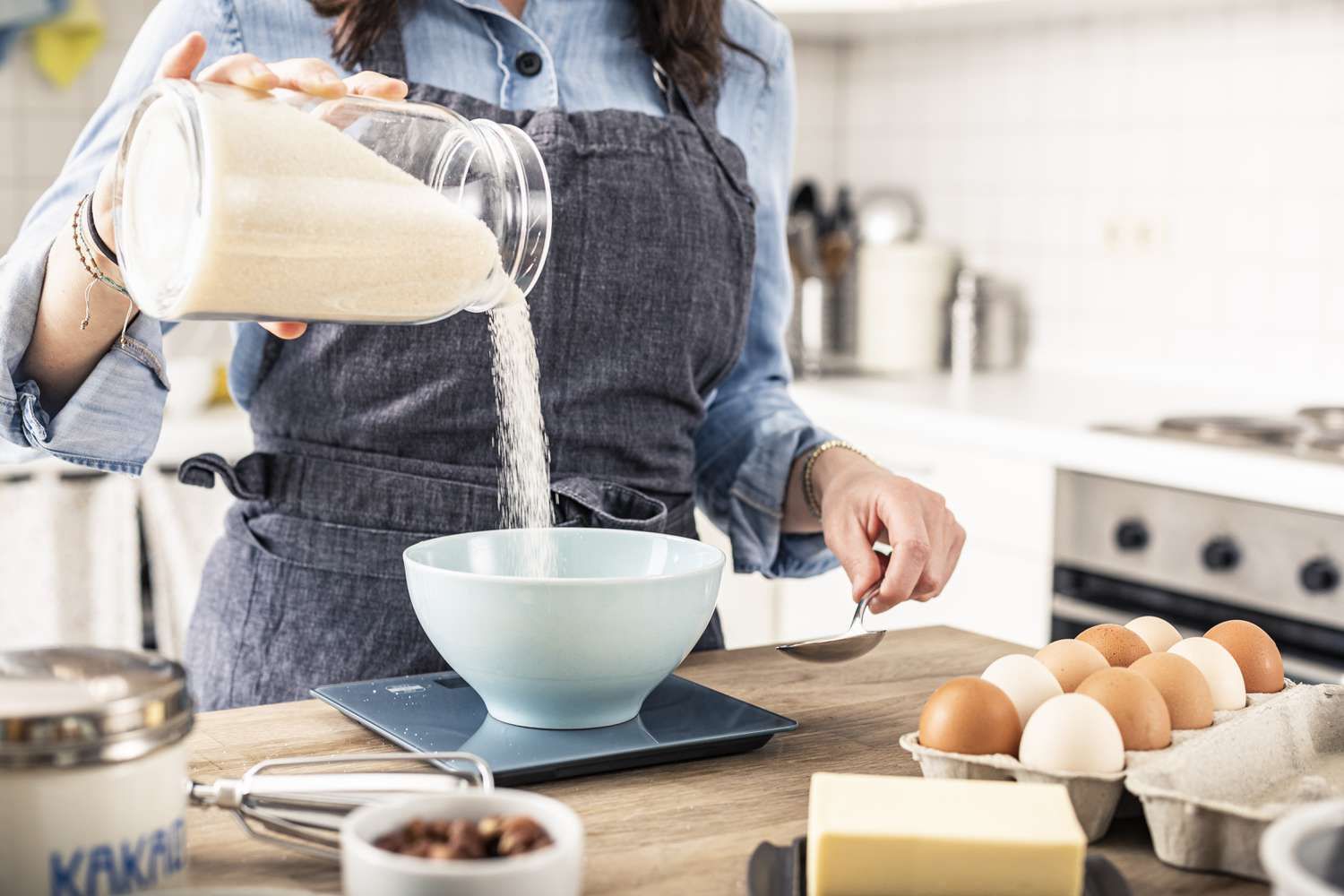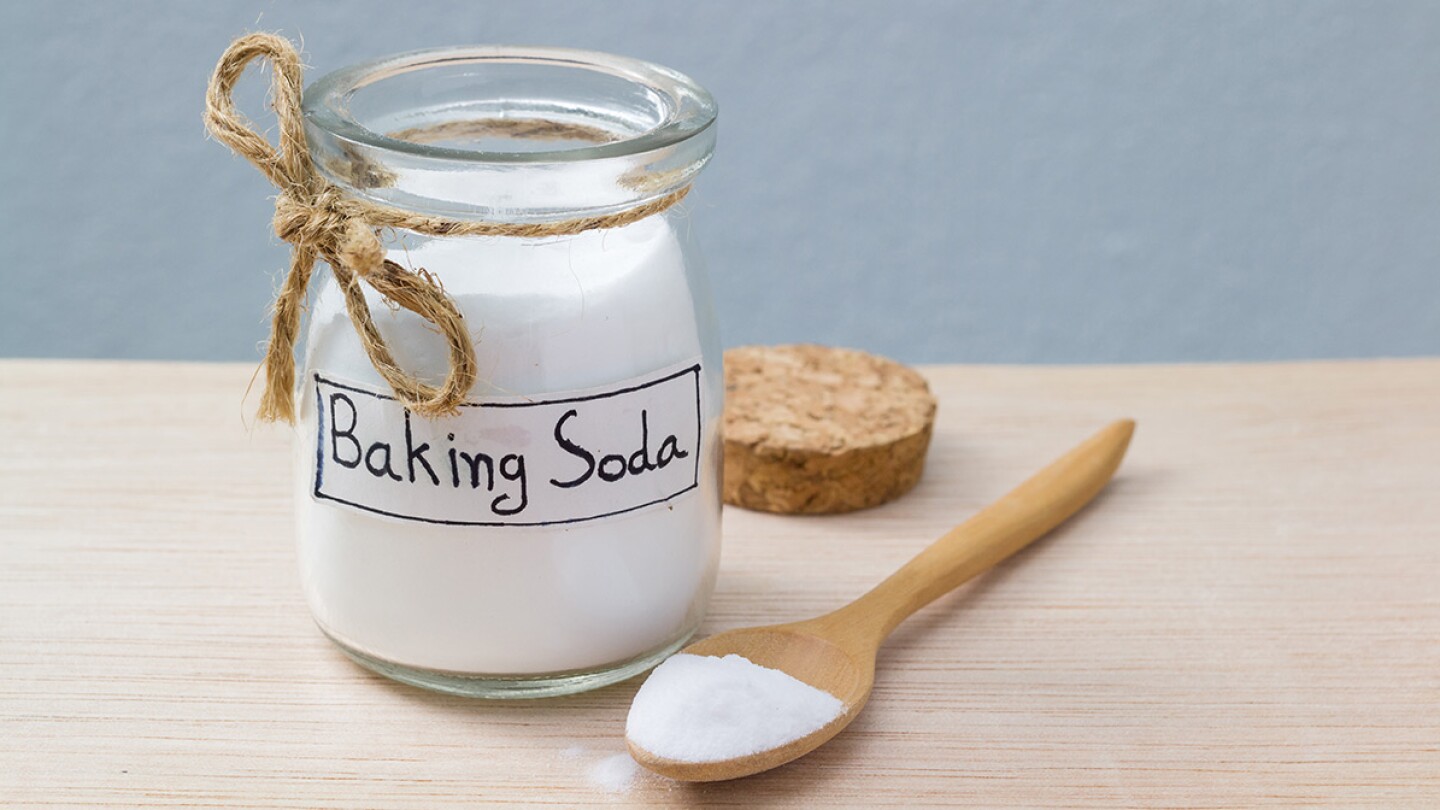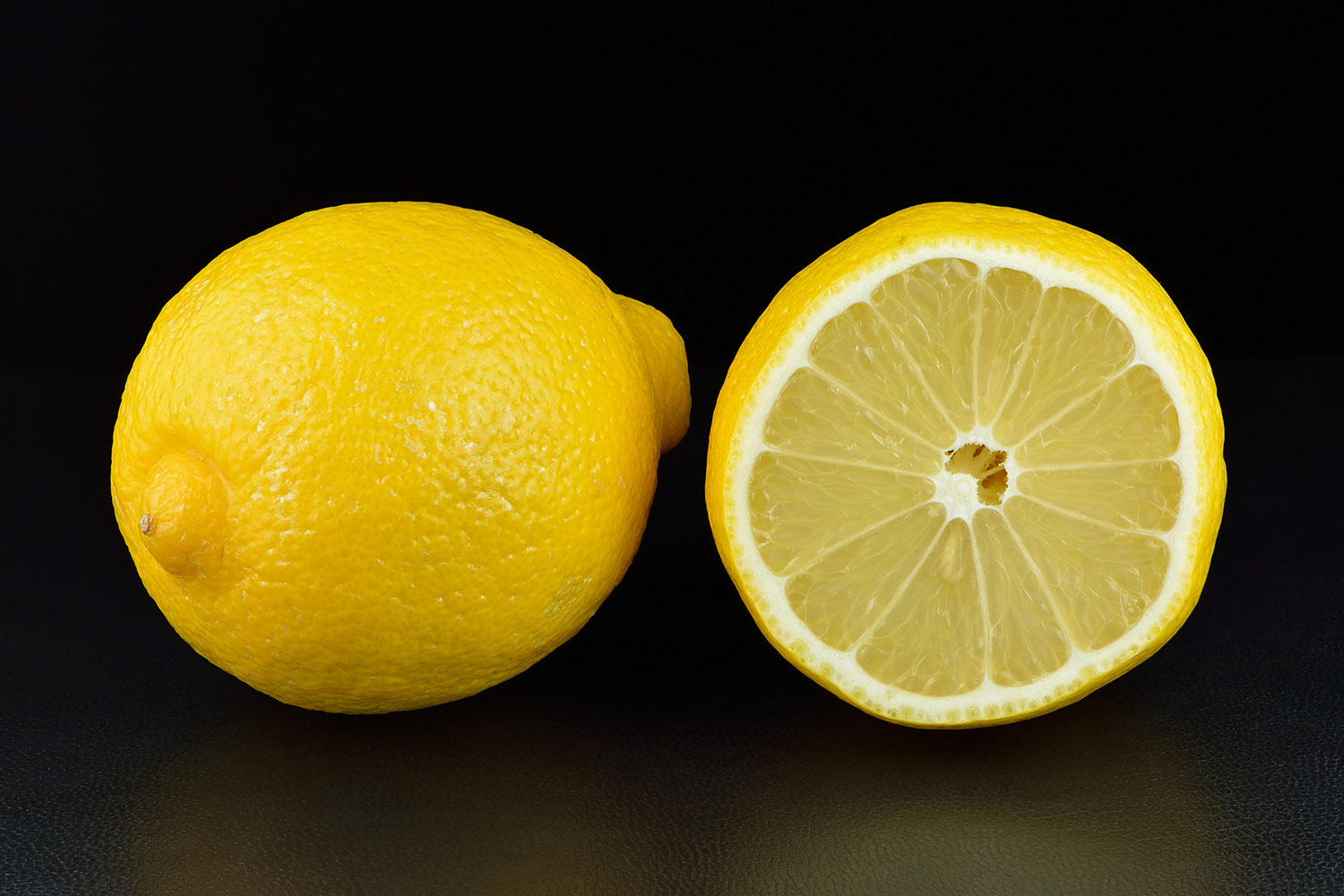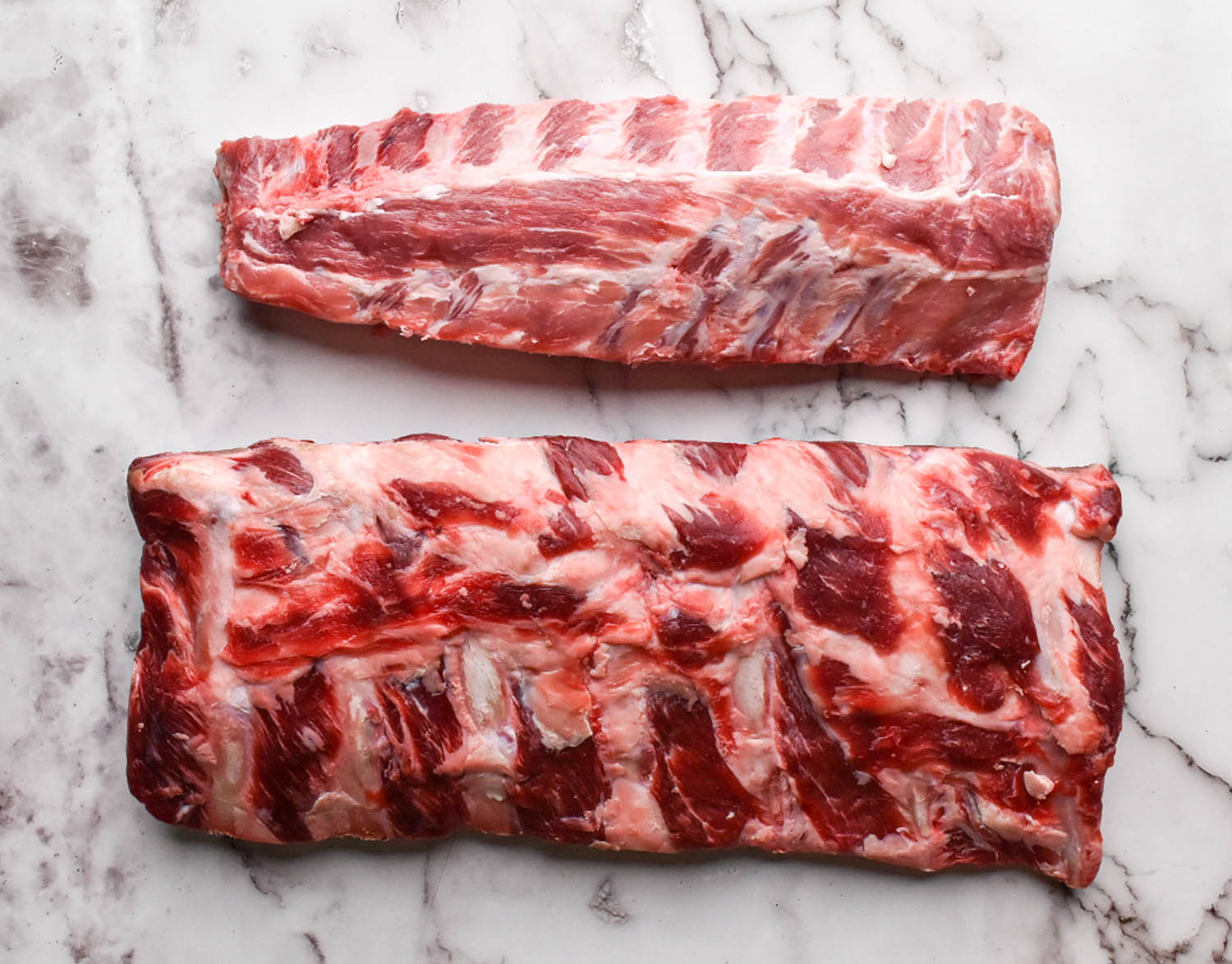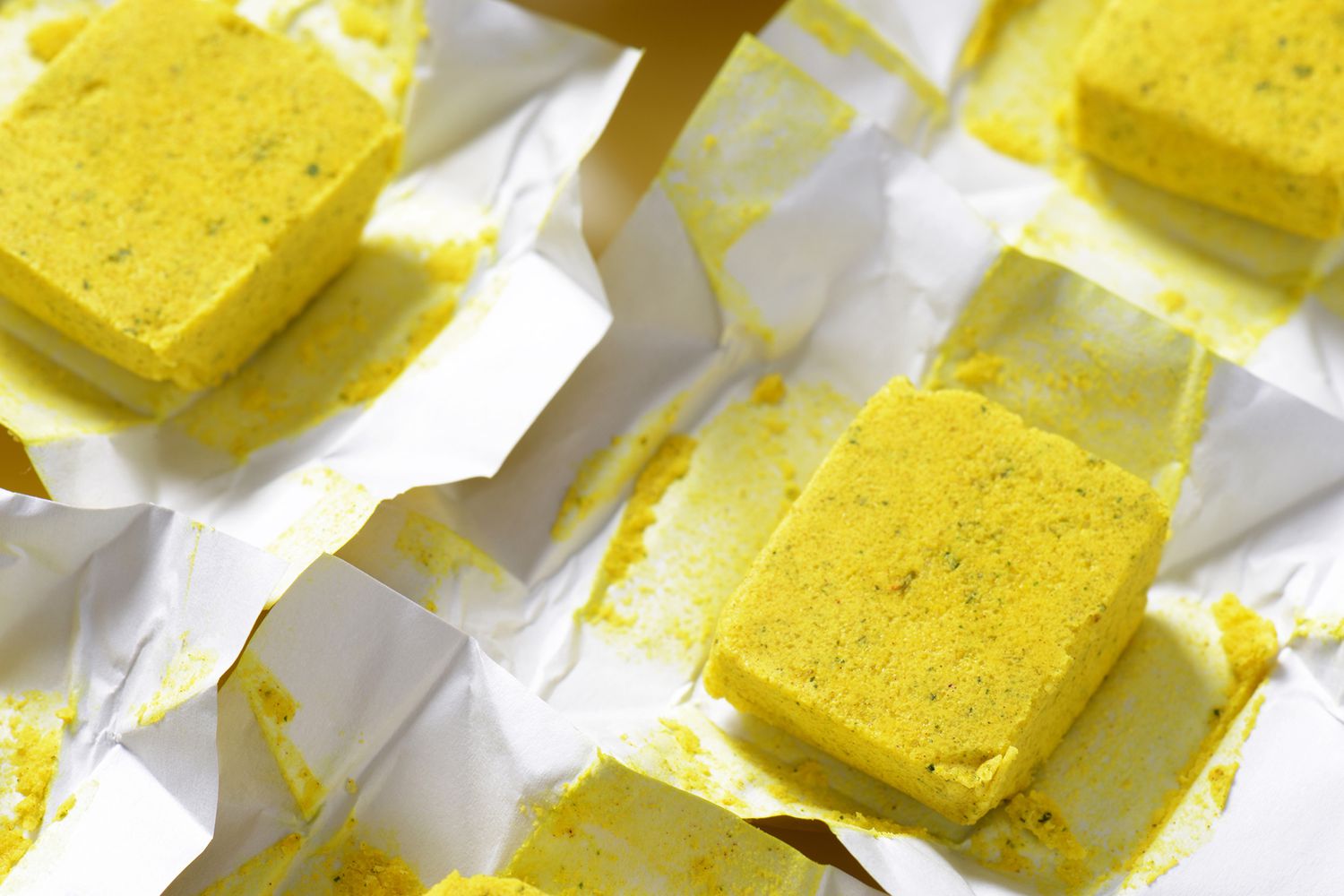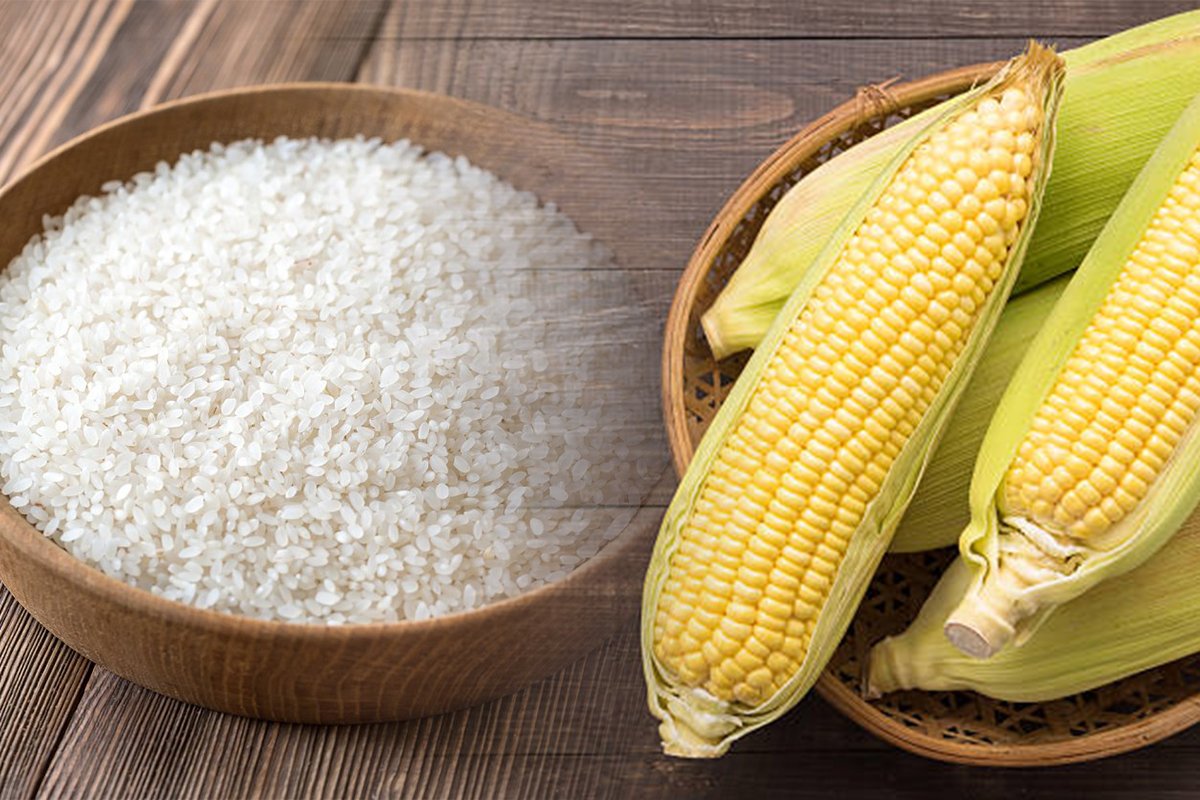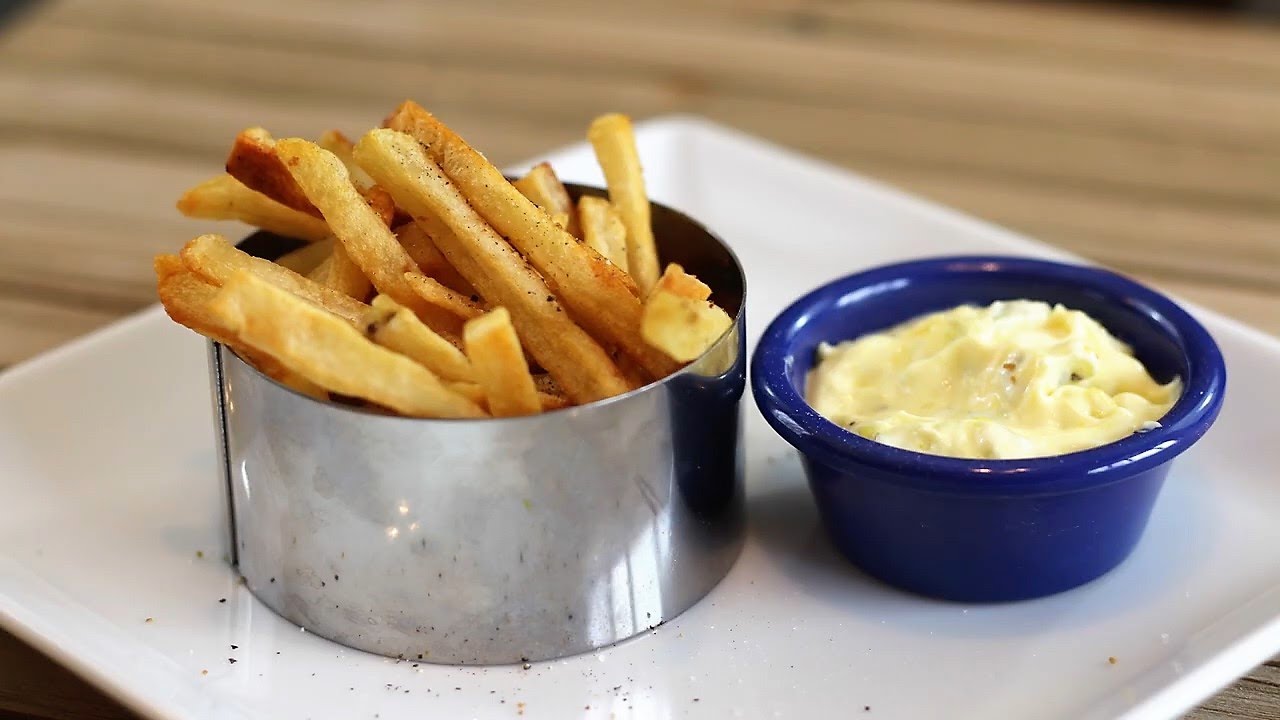When it comes to indulging in a creamy and luxurious cheese, Brie is often at the top of the list for many food enthusiasts. This soft cow's milk cheese hails from the region of Brie in France and is known for its velvety texture and earthy flavor. With its popularity, it's no wonder that there are numerous options available in the market. So, what is the best Brie cheese? Let's explore the world of Brie and uncover some of the top choices.
Traditional Brie
Traditional Brie is a great place to start when looking for the best Brie cheese. This type of Brie is made using traditional methods that have been passed down for generations. It is characterized by its bloomy white rind and creamy interior. The flavor is rich and buttery with subtle hints of earthiness. Traditional Brie is often aged for a few weeks to develop its characteristic flavors and textures.
Double Cream Brie
For those who prefer an even creamier and more indulgent experience, Double Cream Brie is a top contender for the best Brie cheese. As the name suggests, this type of Brie contains a higher butterfat content, resulting in an even more luscious and velvety texture. The flavor is incredibly rich and decadent, making it a favorite for pairing with fruits, nuts, and crusty bread.
Organic Brie
Organic Brie is another option for those seeking the best Brie cheese. Made from organic cow's milk, this type of Brie is produced without the use of synthetic pesticides, hormones, or antibiotics. The result is a cheese that not only tastes delicious but also aligns with ethical and sustainable farming practices. Organic Brie often boasts a clean and pure flavor, allowing the natural characteristics of the milk to shine through.
Truffle Brie
For a gourmet twist on traditional Brie, Truffle Brie is a luxurious option that is often considered among the best Brie cheeses. Infused with real truffles or truffle oil, this variety offers a delightful earthy aroma and flavor that elevates the classic Brie experience. The combination of the creamy cheese and the earthy truffles creates a truly decadent indulgence that is perfect for special occasions.
Brie de Meaux
Brie de Meaux is a protected designation of origin (PDO) cheese, meaning it must be produced in a specific region of France using traditional methods to bear the name. This type of Brie is often hailed as one of the best due to its strict adherence to traditional production techniques and the use of raw cow's milk. Brie de Meaux is known for its complex flavors, ranging from buttery and nutty to slightly fruity, making it a top choice for cheese connoisseurs.
Tips for Choosing the Best Brie Cheese
When selecting the best Brie cheese for your palate, consider the following tips:
-
Ripeness: Look for Brie that is ripe but not overly runny. A perfectly ripe Brie will have a soft and creamy texture without being too liquid.
-
Aroma: The best Brie cheese will have a pleasant and inviting aroma. Avoid Brie with strong ammonia-like smells, as this may indicate overripeness.
-
Texture: Whether you prefer a creamy and spreadable Brie or a slightly firmer variety, choose a texture that appeals to your taste preferences.
-
Pairings: Consider how you plan to enjoy your Brie. If you intend to pair it with fruits, nuts, or wine, choose a Brie that complements your desired accompaniments.
In conclusion, the best Brie cheese is ultimately a matter of personal preference. Whether you opt for a traditional variety, a double cream indulgence, or an artisanal option like Truffle Brie, exploring the world of Brie cheese offers a delightful journey of flavors and textures. Next time you're in the mood for a decadent cheese experience, consider trying one of these top choices to savor the creamy luxury of Brie.
Was this page helpful?
Read Next: What Is 9 Tablespoons To Cups

